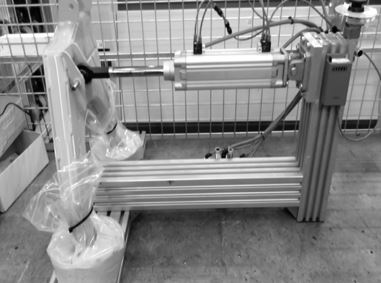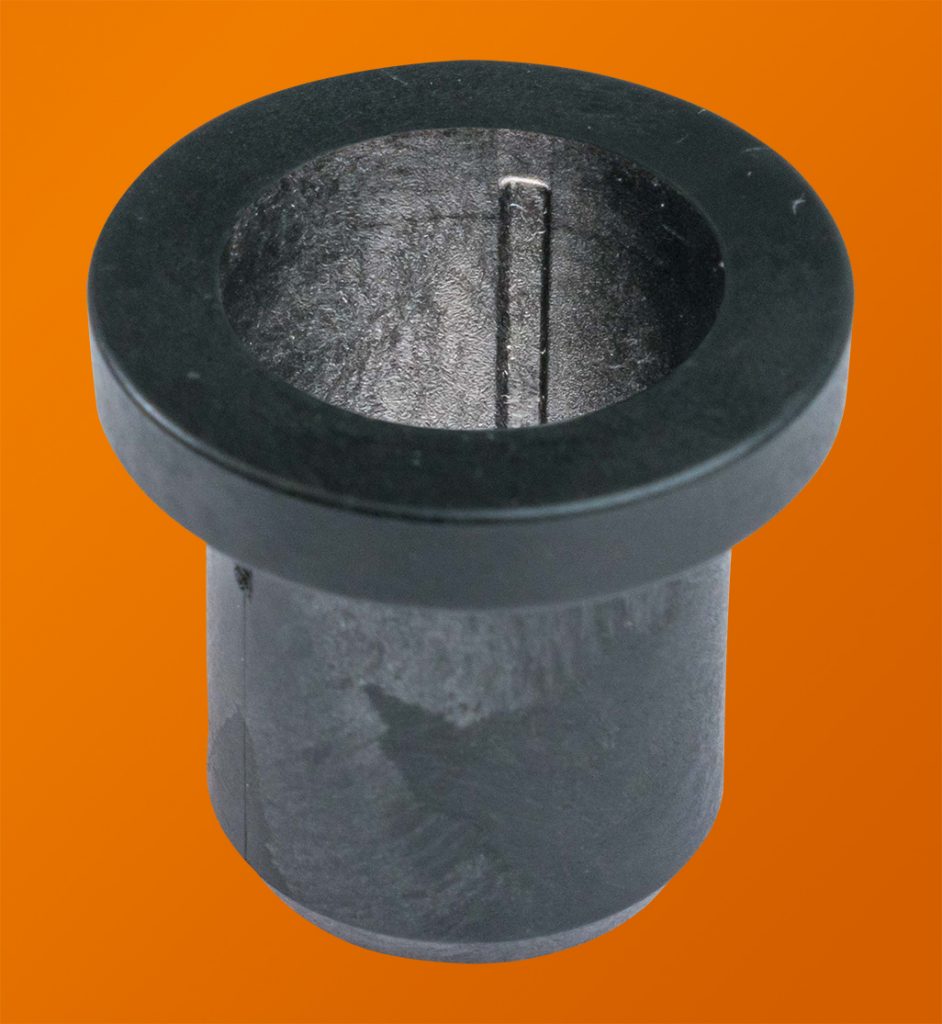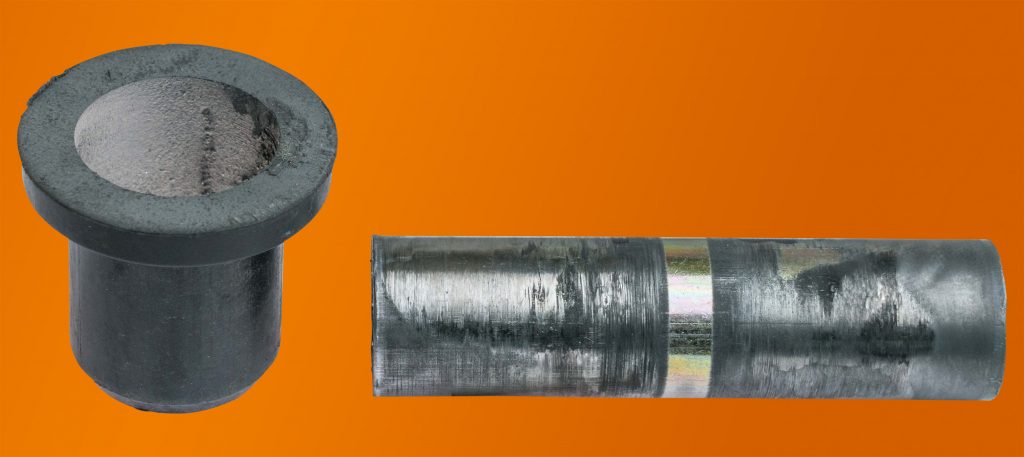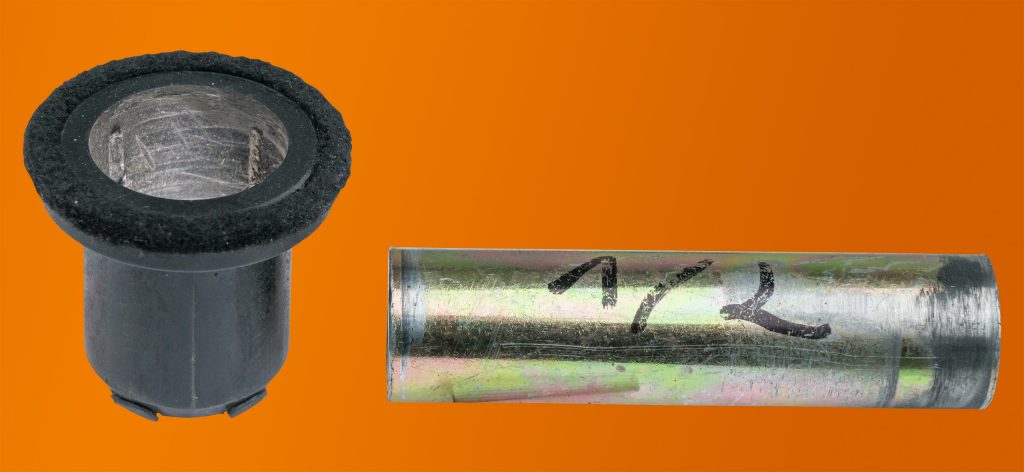Seal for plain bearings: What are the approaches available?
Uwe Sund | 5. August 2019
Too much dirt in the bearing?
Basically, many plain bearings – depending on the type – are much less sensitive to dirt than rolling bearings. But as it often happens, if it’s too much, it’s too much.
At the latest when the entire bearing clearance is filled with dirt, no one is wondering about problems. Especially with abrasive dirt. And especially in applications in the field of agricultural and construction machinery, one can assume that the “right grain size” will find its way into the bearing. With the usual consequences for bearings, shaft and service life …
What are the possible solutions to seal off the dirt?
Of course, the classic remedy is lubrication – according to the principle “a lot helps a lot”. The grease gushes out at the sides, virtually forming a “grease ring seal”. That’s effective. However, only as long as it is also heavily relubricated. Therefore, maintenance-intensive.
Thus, not very “lean” – let alone “clean”.
If not carefully maintained/lubricated: see above …”Too much dirt in the bearing?”
Otherwise, of course, all the usual suspects are considered.
O-rings:
Cost-effective, also very effective depending on the design of the bearing point. Disadvantage: The tolerances must be relatively tight.
Lip seals:
Cost-effective – depending on the version.
Disadvantage: Rather sensitive, should be slightly greased in order to work, quite tight tolerances between bearing and shaft required. By design actually to be only installed in the inner diameter of the bearing. So working effectively rather axially than radially.
Possible alternative? What about felt?
Felt can be used not only for funny hats or shoes … there are many companies that deal exclusively with technical felt. The main use is as insulating material (e.g., automotive) and in filtration equipment. There are a variety of qualities.
In the past, felt was also widely used as a seal, even in crankshaft bearings in Volvo and Borgward engines.
If you google “felt seal” and look for pictures, you will get many results from the “Spare parts for vintage cars” area.
All over the world I regularly find felt as sealing material in agricultural machinery. These are partly ancient designs. But the material also repeatedly appears as a “problem solver” in present-day machines.
Therefore, I decided to carry out an experiment at our place.
For this we let a chassis part run in the sand. The design is carried out in such a way that the sand can enter the bearing only radially.
In order to introduce the felt ring (thickness 2 mm) in the application, we made a 1 mm deep recess in the bearing. To ensure that the ring stays in place during assembly, some superglue was used … Felt with adhesive backing is also available … Depending on the design, you just place it in between … The material offers a lot of freedom.




The pictures speak for themselves, the bearing without felt ring is extremely worn out in the inner diameter and on the flange, and even the shaft has already shrunk heavily.
Which specifications of felt make this possible?
Felt is highly compressible without much resistance. Large tolerances and misalignments can be compensated, embedded dirt is pressed against the shaft or the holding fixture only with very little force. What takes place then is rather a polishing effect instead of the counter partner getting “scratched”.
Felt acts like a filter. The dirt is filtered until the filter is congested. If the filter is tight dirt will not get in any further.
With an initial lubrication, felt keeps the grease in the bearing . Thus, for example, a maintenance-free bearing can be used instead of a bearing point that requires regular maintenance. And the dirt stays outside …
Felt has a low coefficient of friction. About 0.22 (dry) against steel.
Felt can be used over a very broad temperature range.
